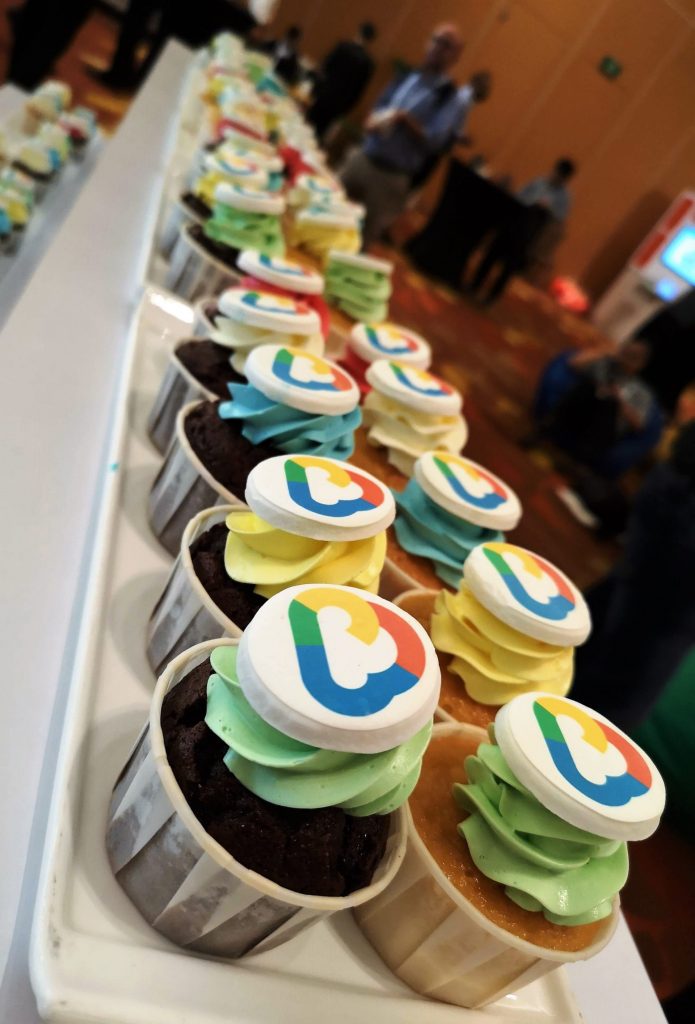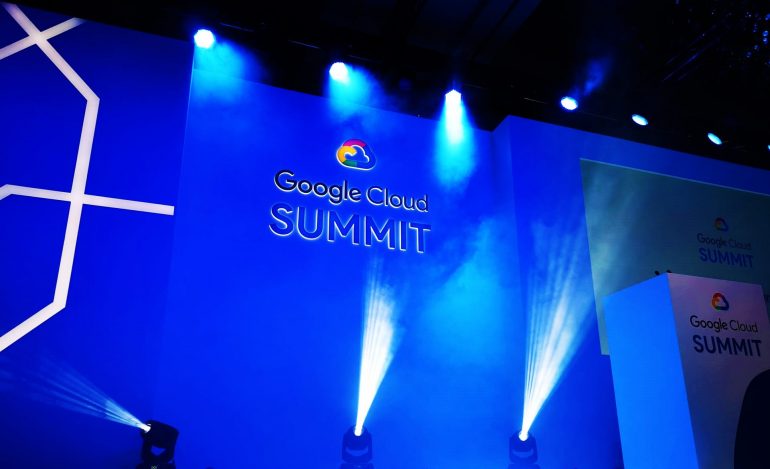With AI being used in conjunction with every single piece of tech news nowadays, it is to no surprise that Google’s Cloud Summit this year has machine learning as one of their four main type of sessions. With industries experts from Google (of course), local companies like Singtel, and even startups like Chope, a chance like this is hard to come by.
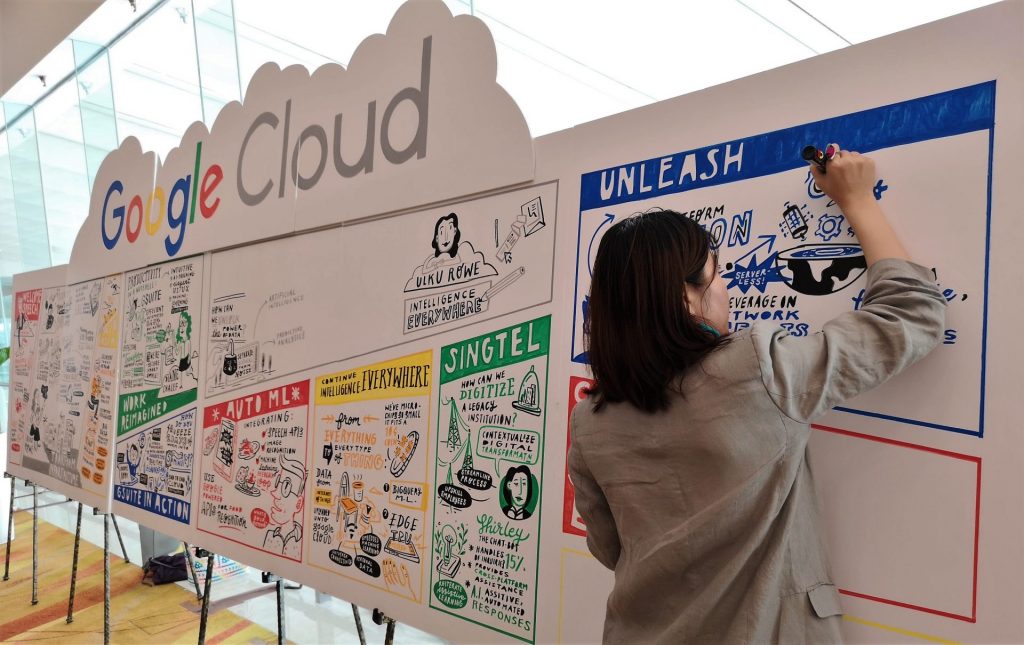
Providing A Common Platform
With petabytes of data and billions of people shopping, there are tons of information that can be collected and used to aid businesses. However, it can be difficult for companies to begin doing so as it can become really expensive if the entire architecture is not planned out well. This has contributed to the lower of the average lifespan of many companies, particularly in US with the duration dropping from 50 to 20 years.
To help smaller companies transform their infrastructure, they have come up with a combination of Open Source and proprietary solutions – namely Google Cloud. By supplementing Open Source tools with their own, they have created a common platform where the creation (Kubernetes), management and securing of containers (Istio) is easily handled. This reduces the high complexity that is introduced when managing cloud services and their operations.
It does not stop there, IoT can also be managed in within Google Cloud. Connecting your IoT devices, along with your services, to a common toolset can allow for an ease of management and the shielding from external threats with Google’s Cloud Armor.
Smarter G Suite
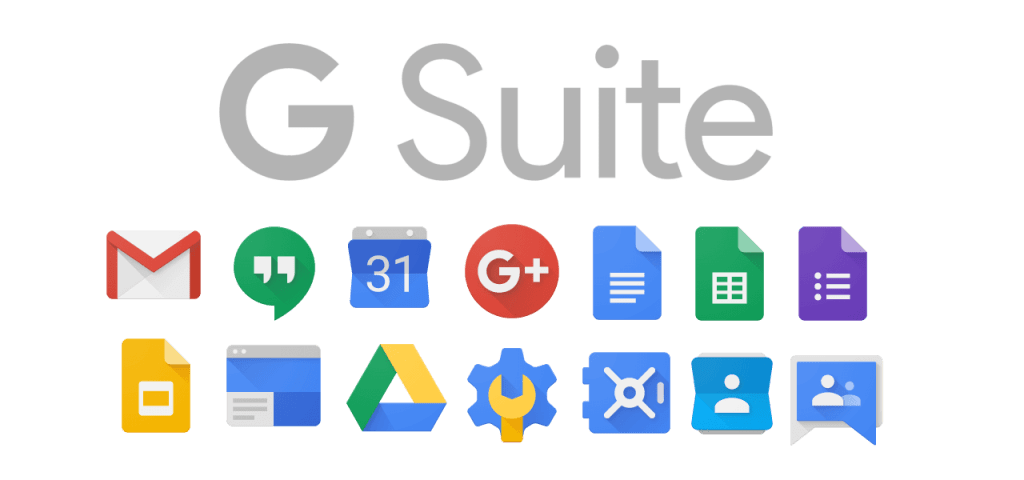
On the theme of ease of management, Google has been integrated AI into their G Suite applications. On top of that, tasks can be assigned within the apps too, making coordination between team members a more integrated experience.
What wow-ed us is the capability of search within G Suite. Searching for specific tables among Google Sheets are now possible with natural language, e.g. “average revenue by region”. Gmail’s confidential mode, which sets an expiry date to emails, is also an icing to the cake. This mode even works for recipients on other mailing platforms.
Google Cloud Function (GCF)
When it comes to technology, there is a constant battle for developers between legacy/existing and new systems. Legacy systems can be too expensive to maintain, but is typically relied upon operationally for bigger companies. However, newer systems or services can make add a ton of features that is easier to implement or maintain. That is where GCF can come in to aid in the transition.
Similarly to CloudFlare Workers, it is a serverless framework which acts like an API to bridge customers between your new and old backend systems. It also has the added benefit of providing a greater level of automation and implemention, however it reduces the complexity of your payload. GCF is a rather eloquent and rather simple solution to various issues faced by developers.
Use Case – Zalora
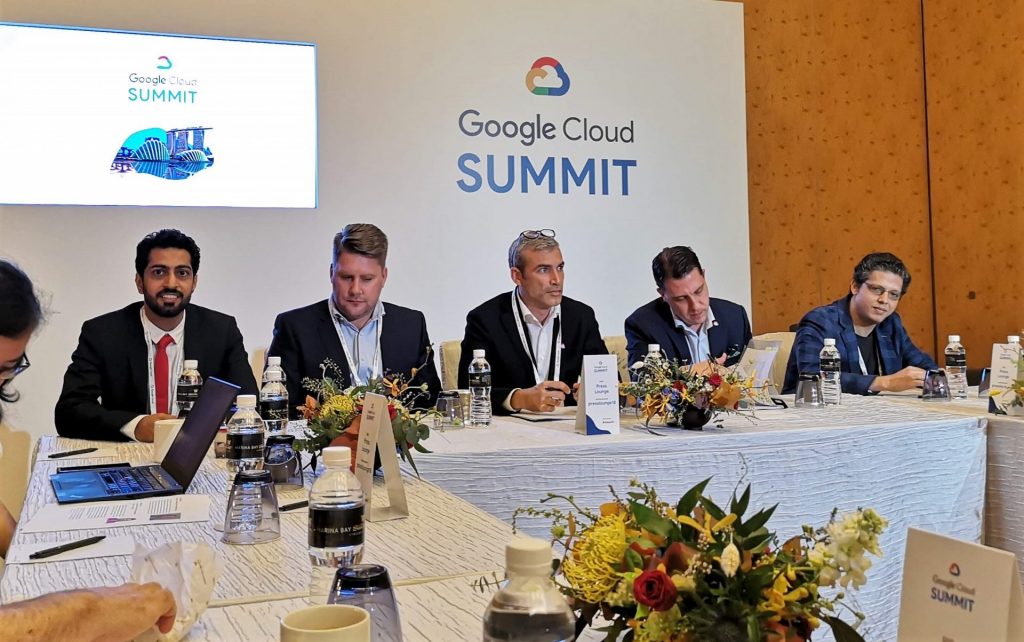
We also got the chance to listen to several companies on how they implemented Google’s Cloud services into their systems. Starting with Zalora, they mentioned the ease of usage BigQuery for the data collected by Google Analytics (GA), and how it is fast and scalable. Together with Google’s AutoML – Vision, their analysis can now be completed by the next day instead of needing 3 full days. Even though AutoML – Vision is a great start for business, it is still limited by the 100,000 cap of training images.
Furthermore, the recent integration of machine learning in BigQuery makes simple machine learning models as easy as a click of a button. As of the moment, the types of models available are still growing, with Multiclass Logistic Regression just added on top of Linear Regressions and Binary Logistic Regression. Hopefully deep learning models will be made available to customers, as they can be more significantly efficient.
